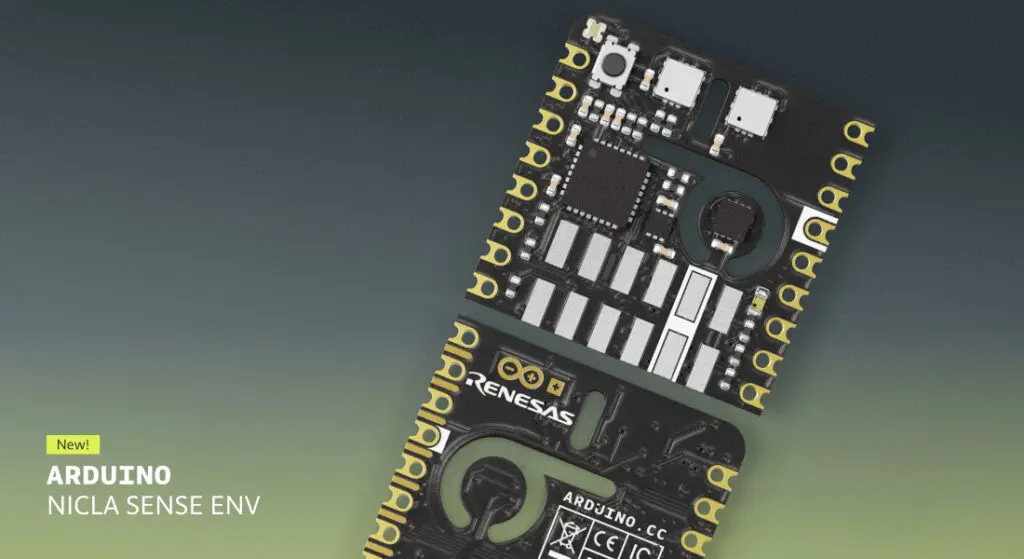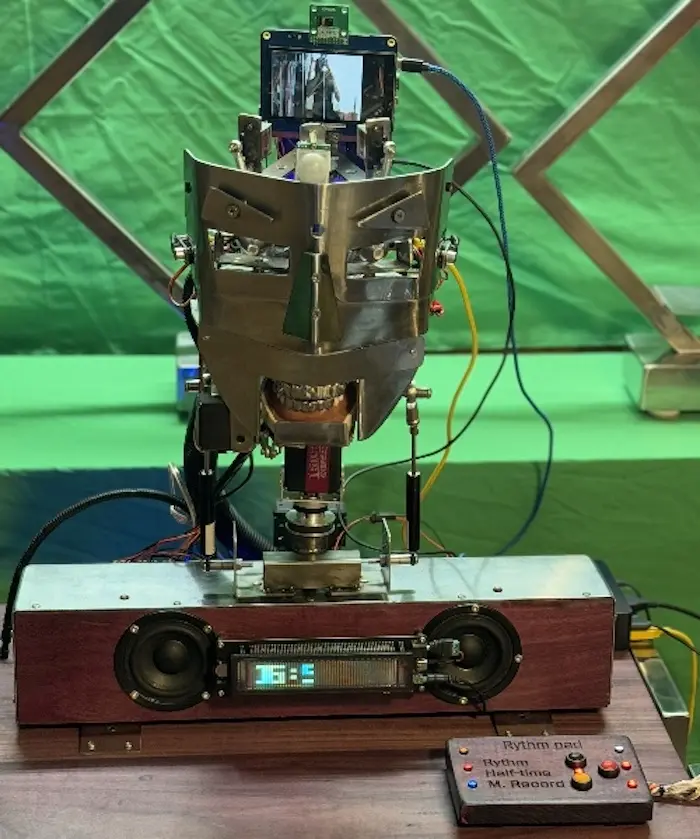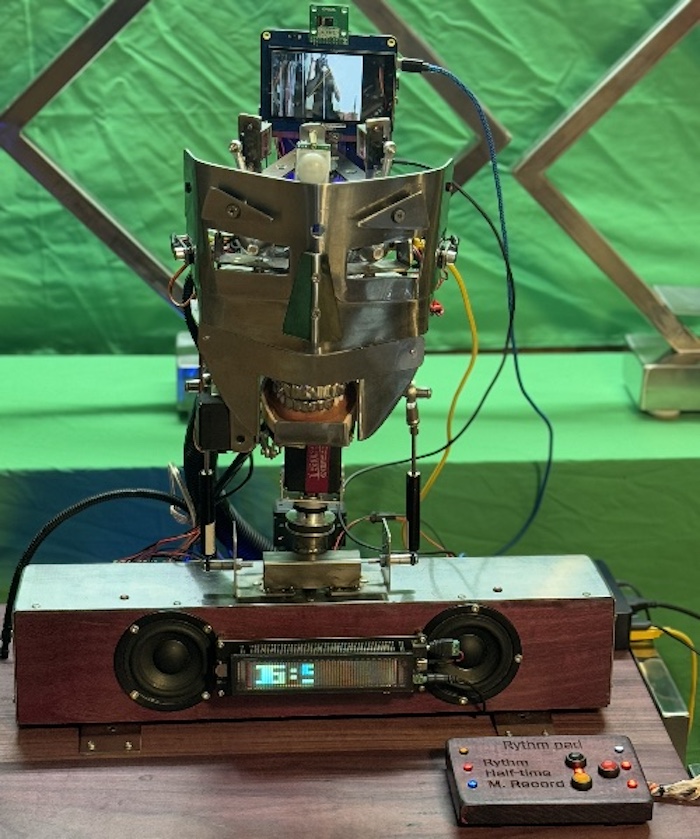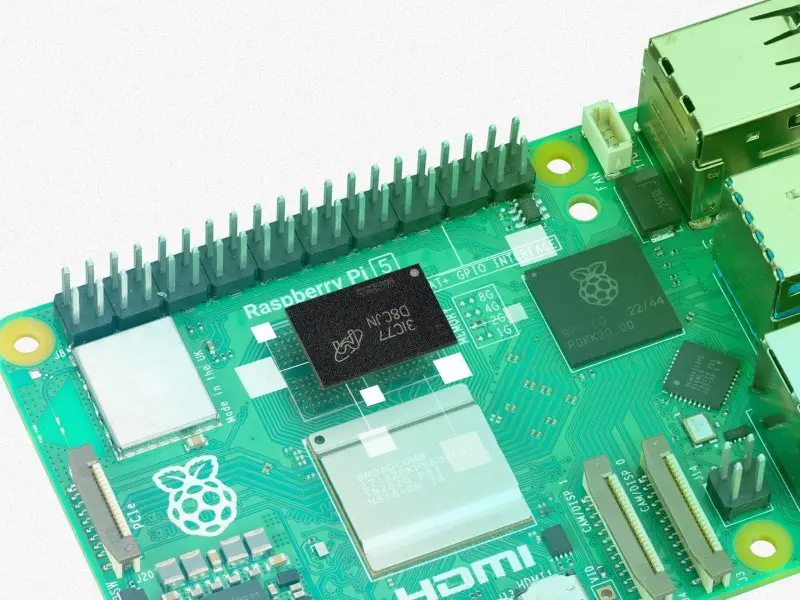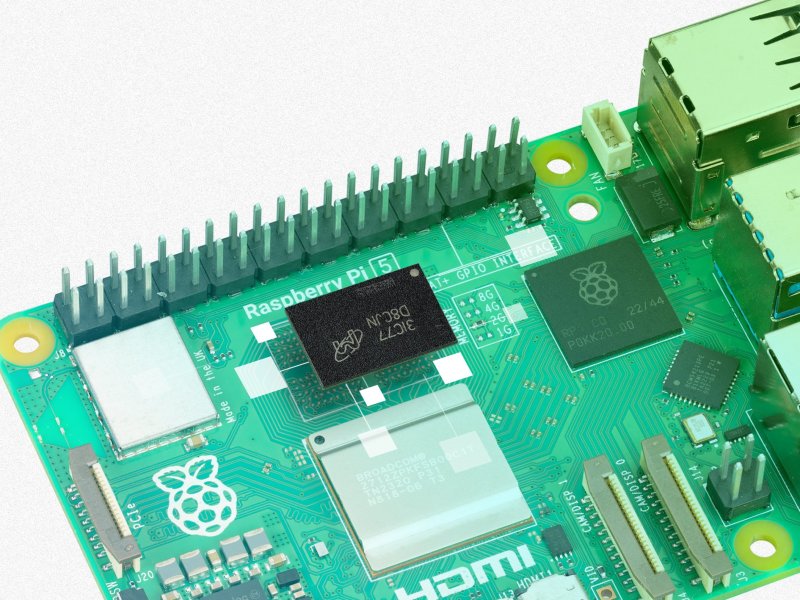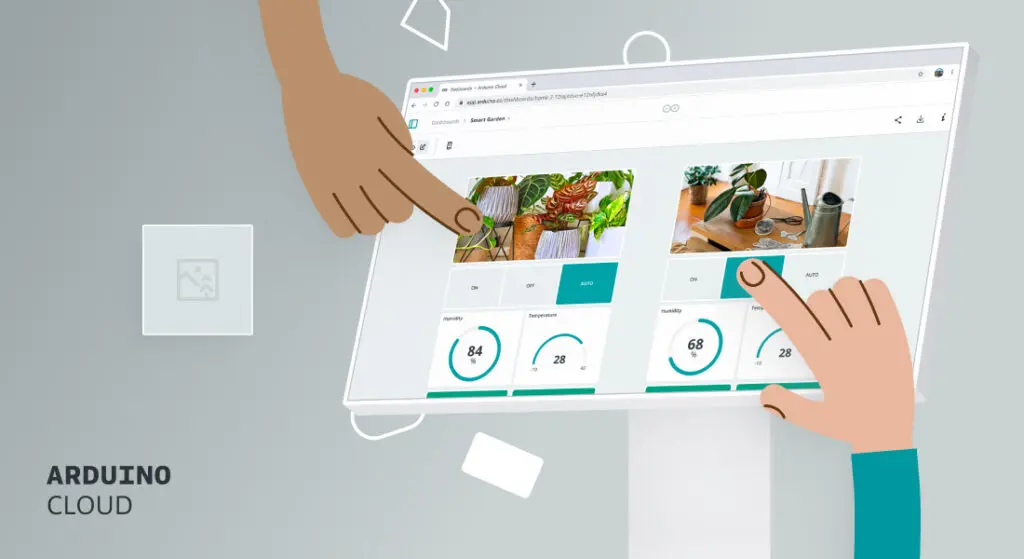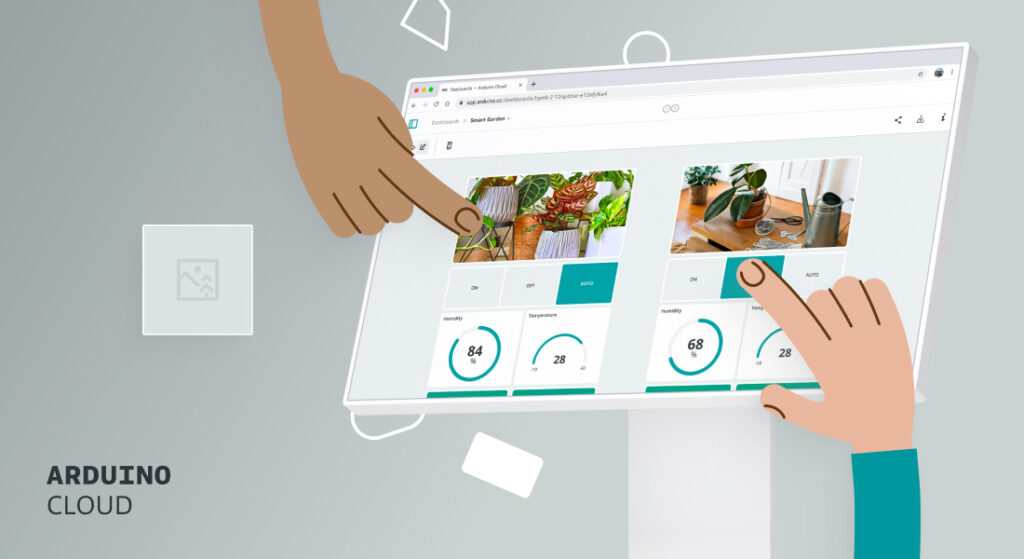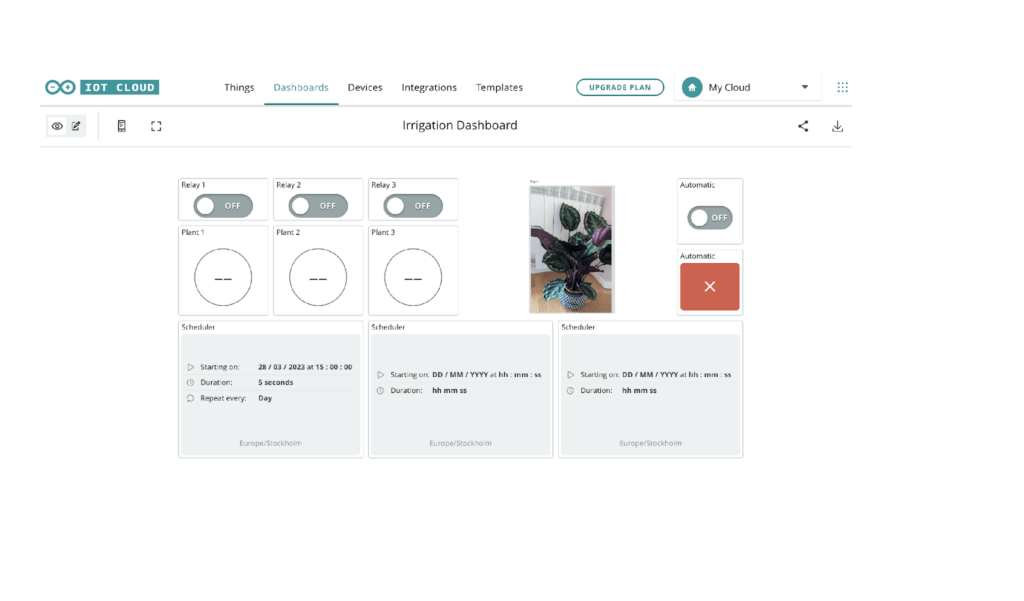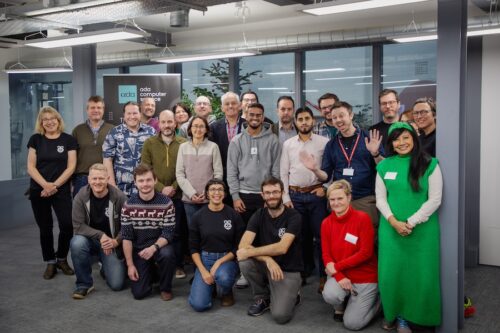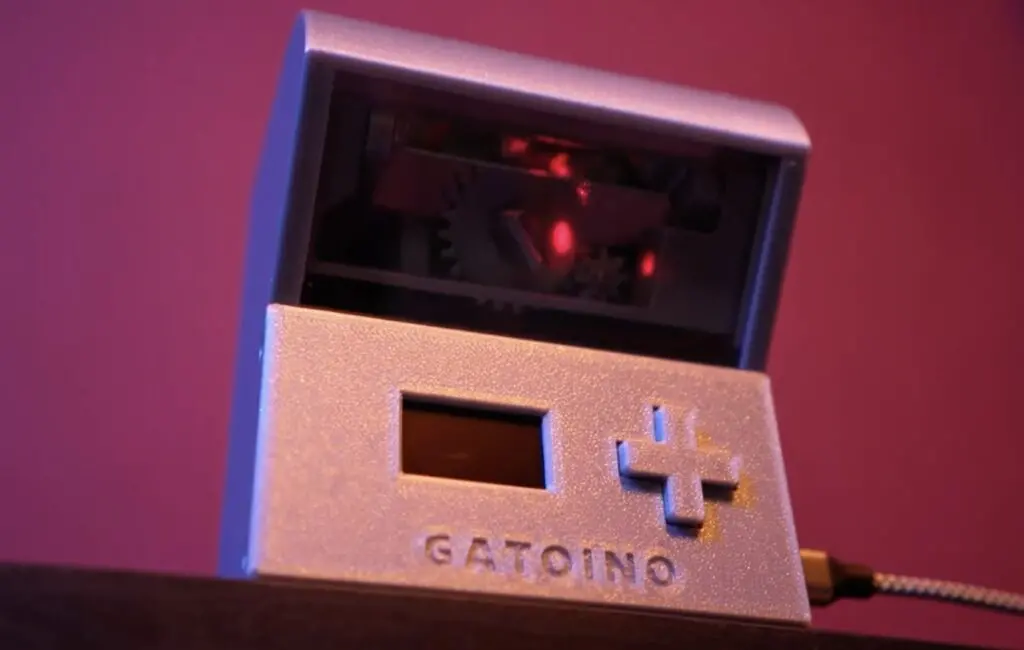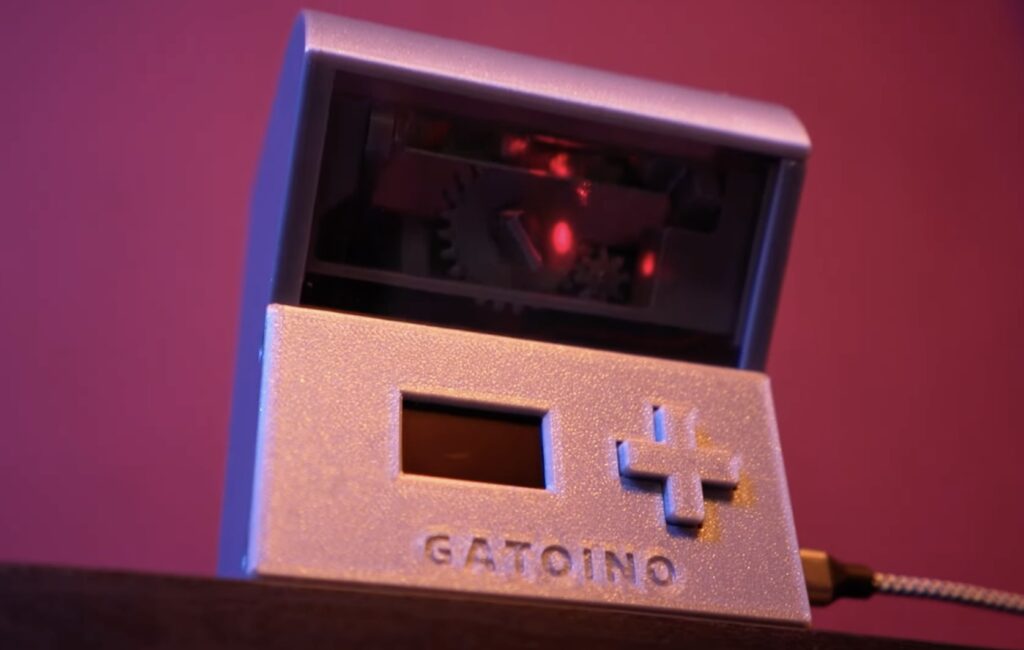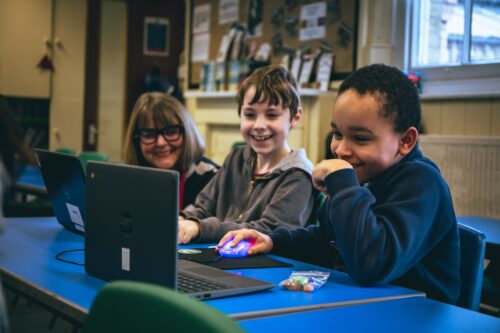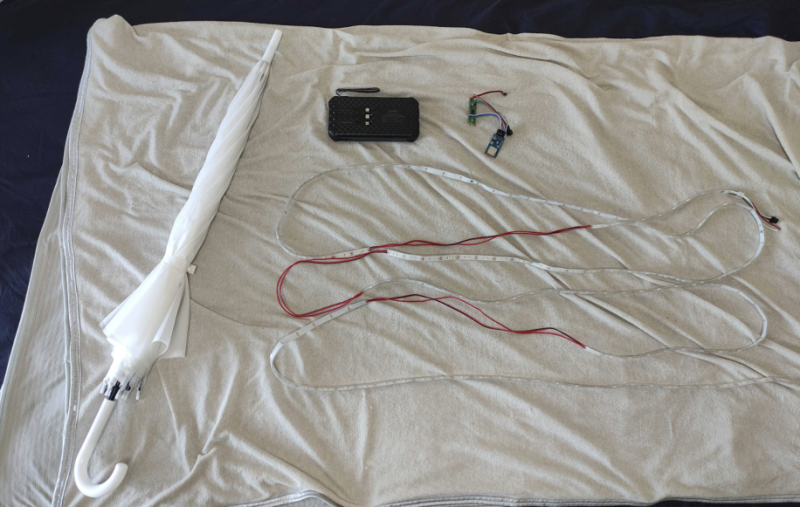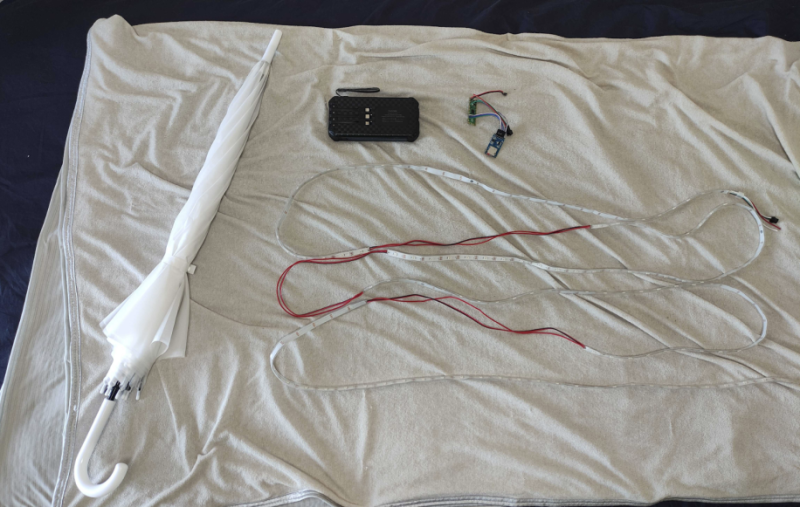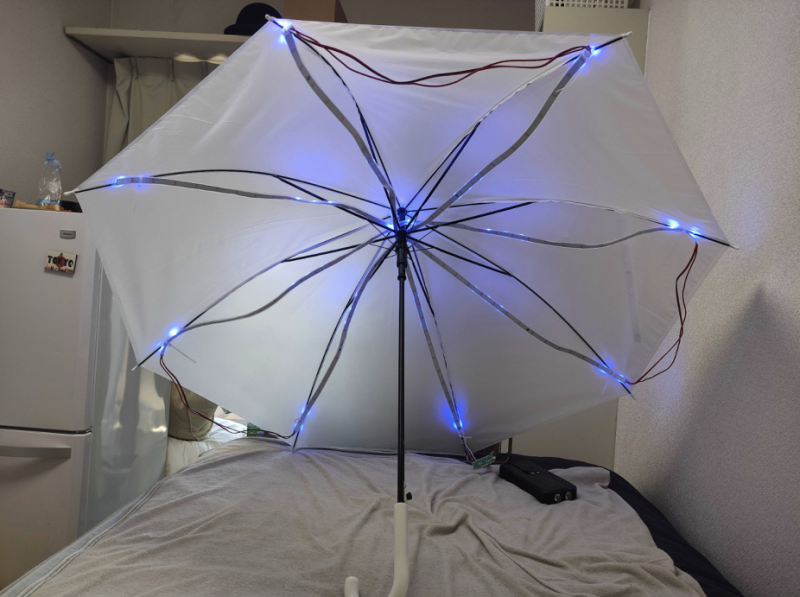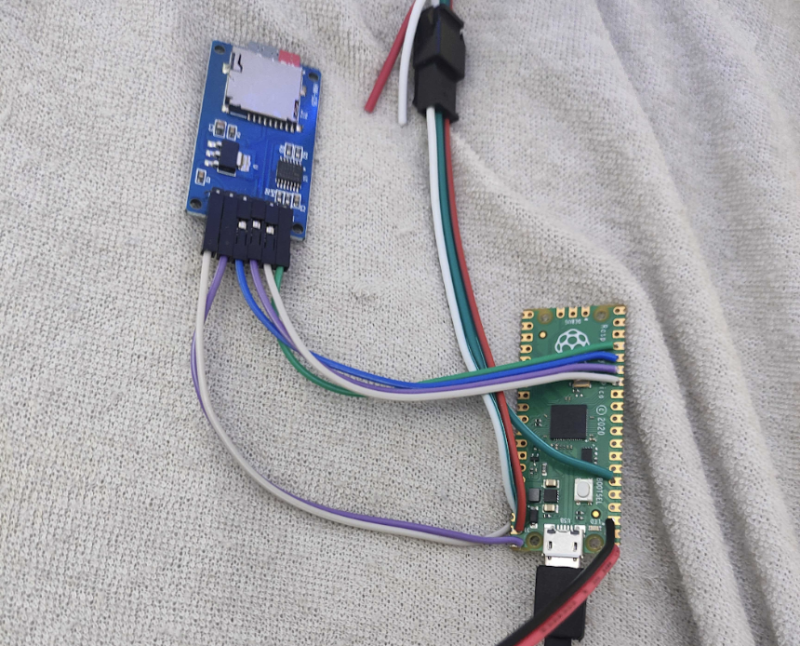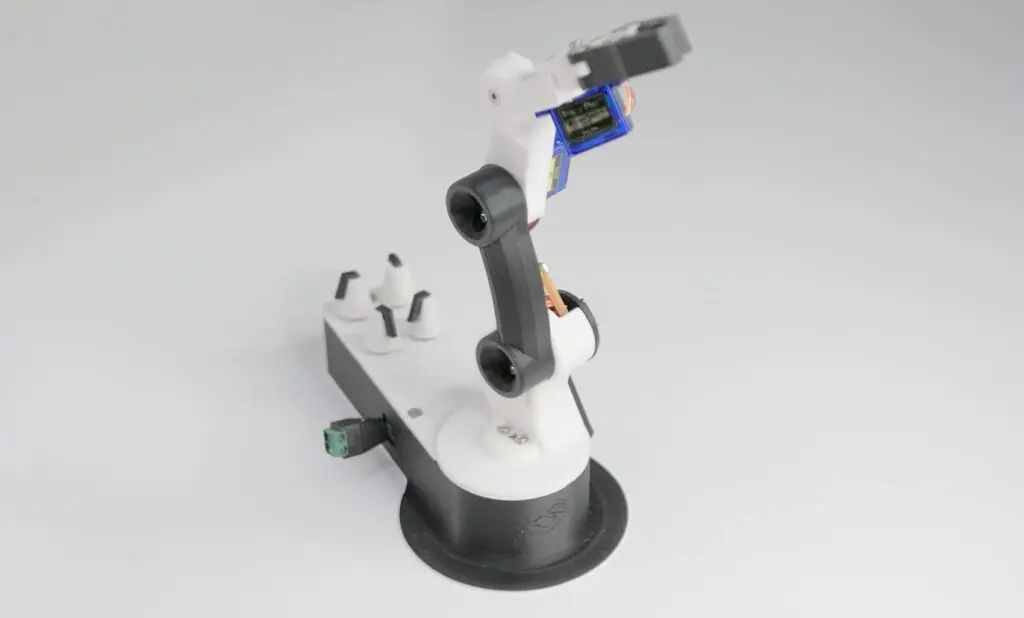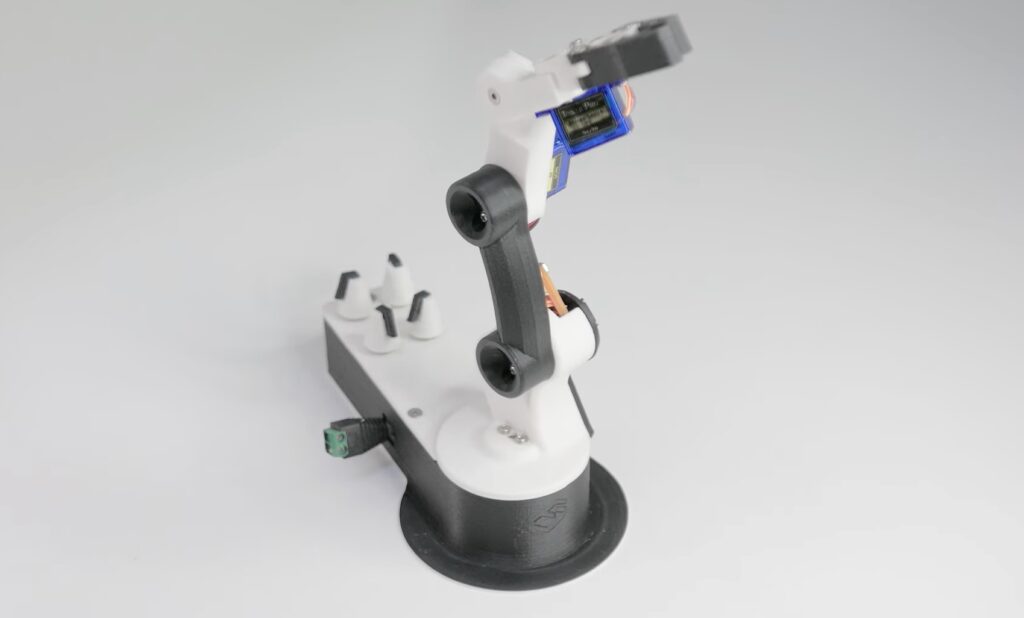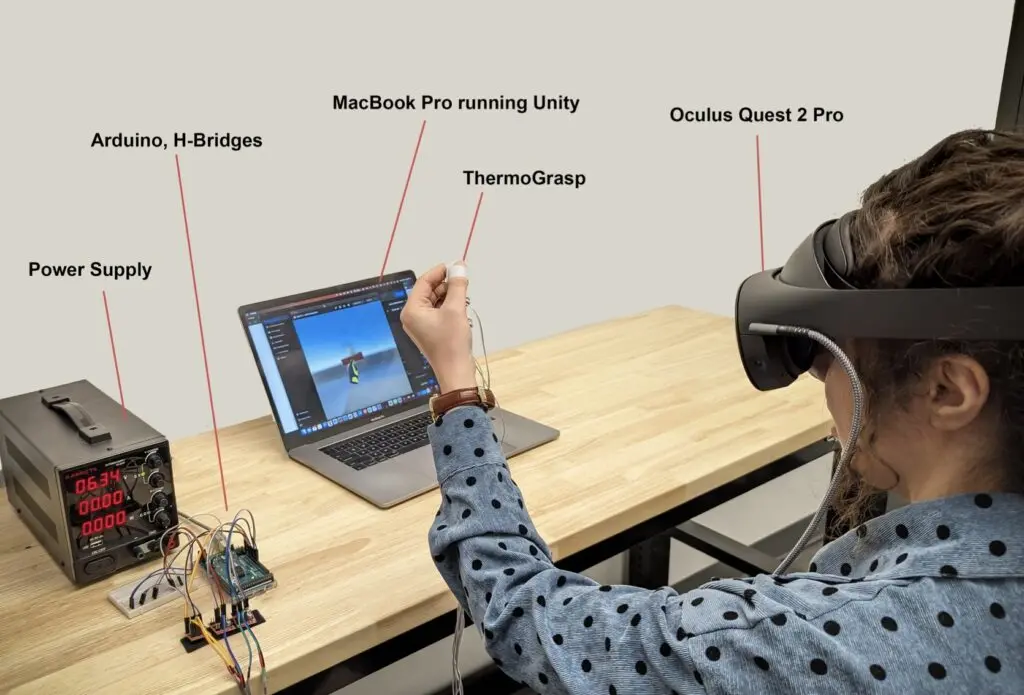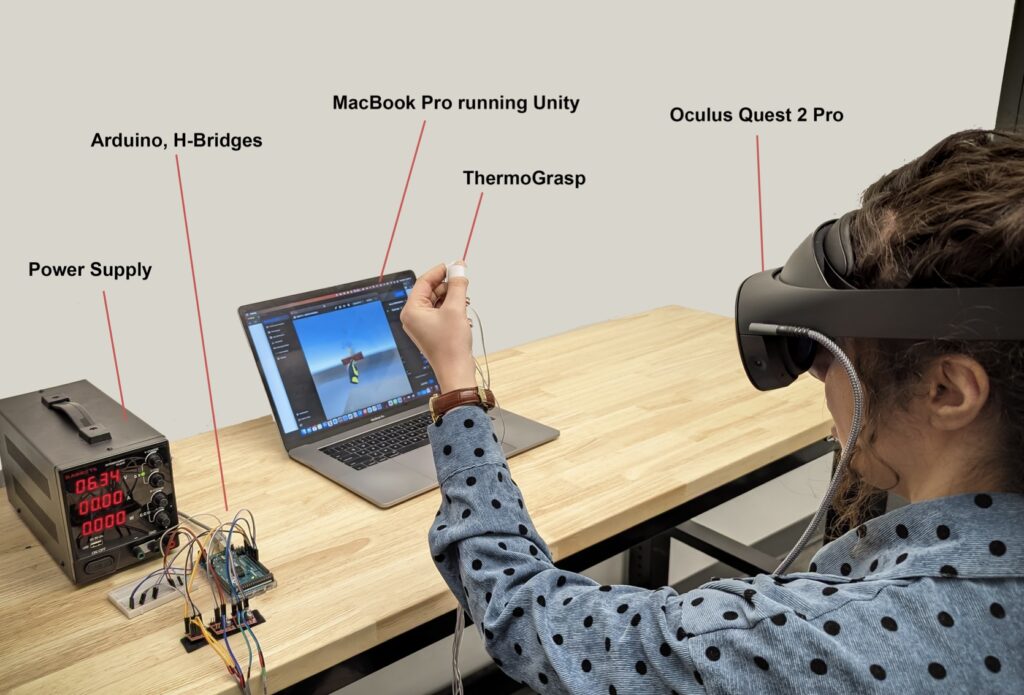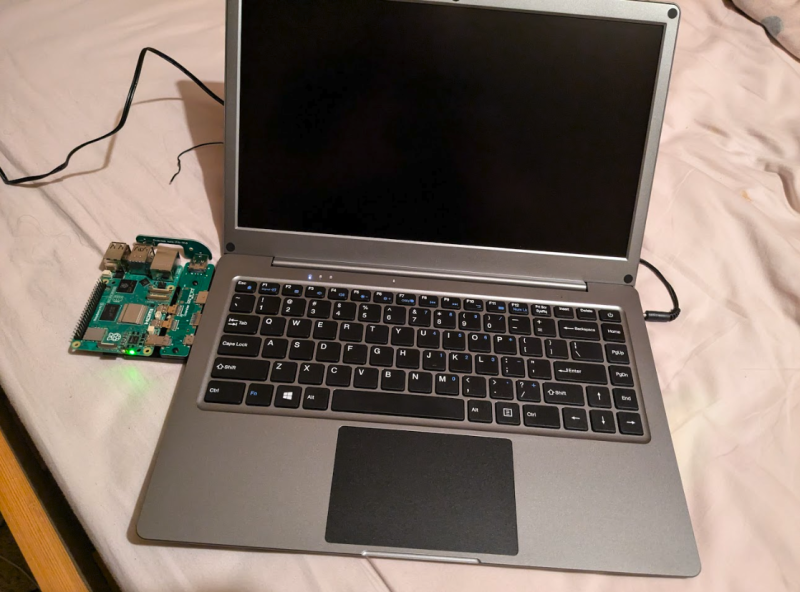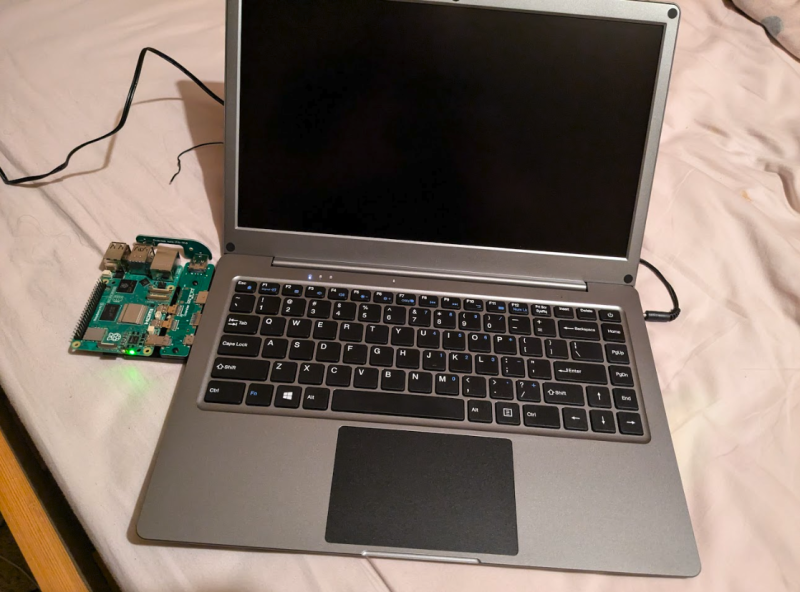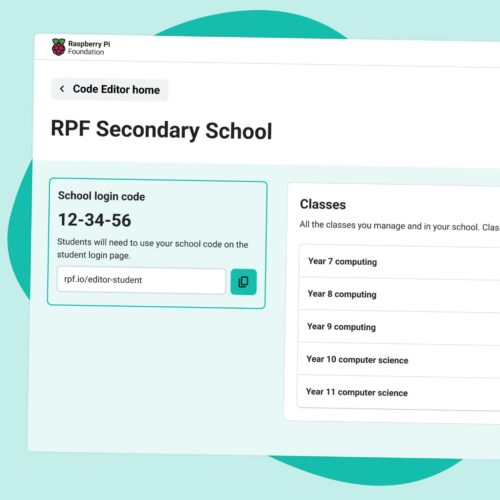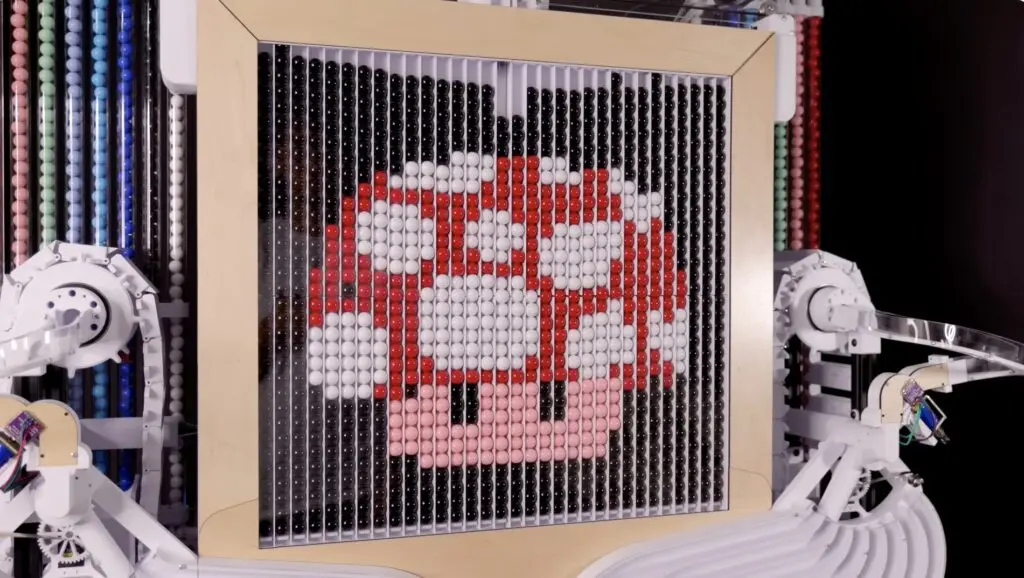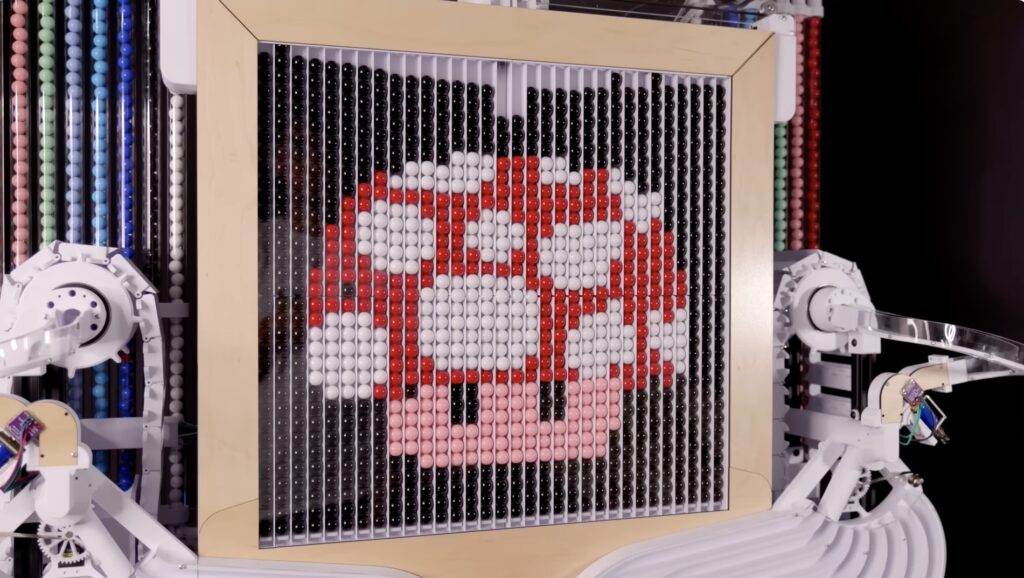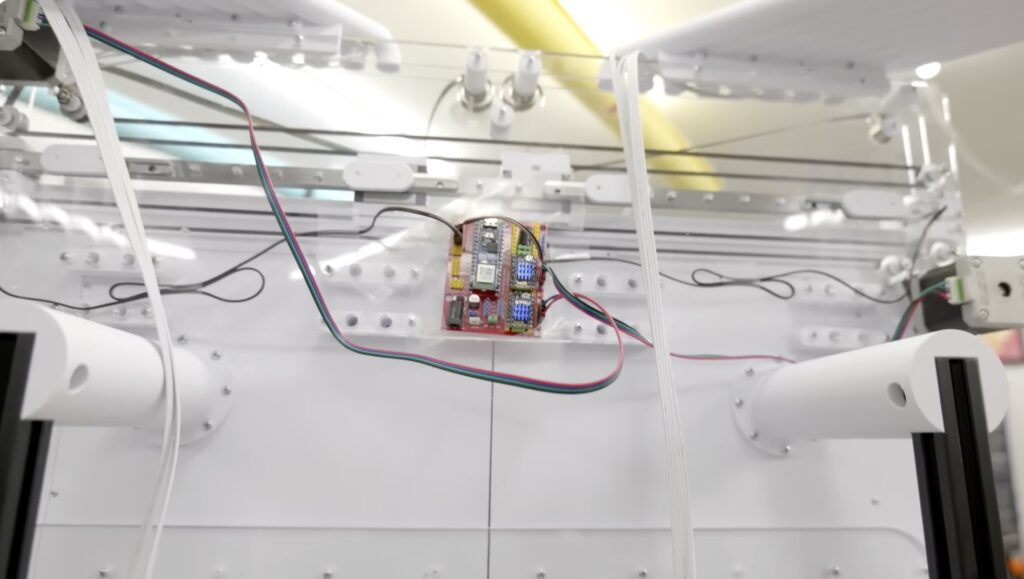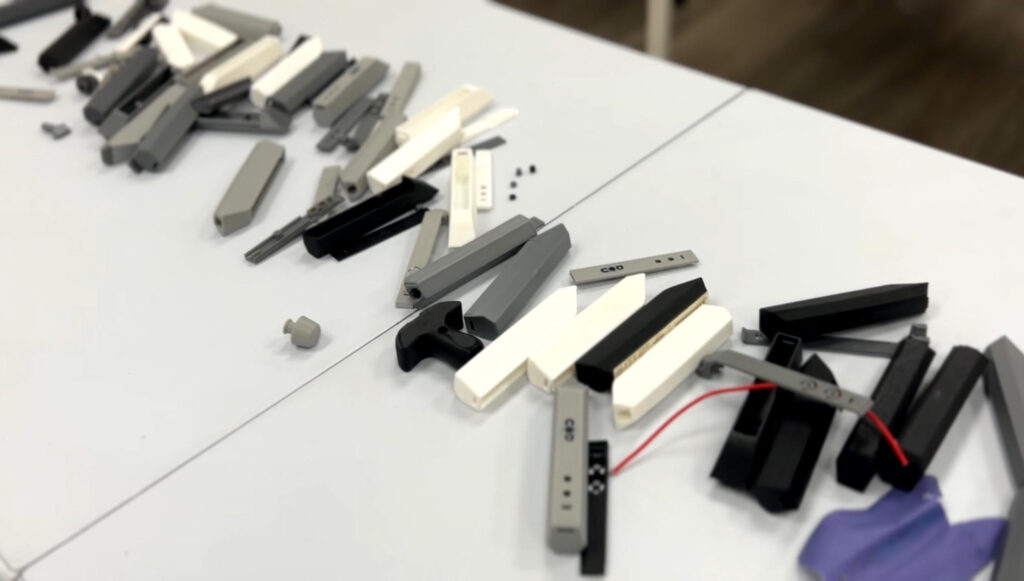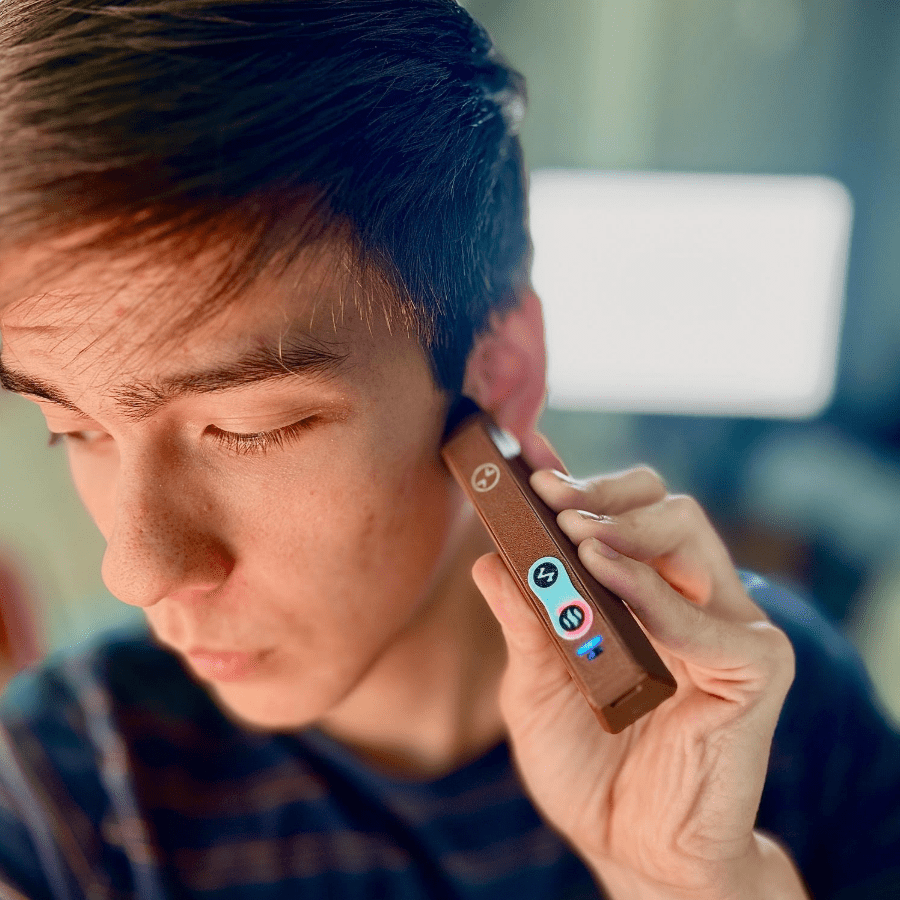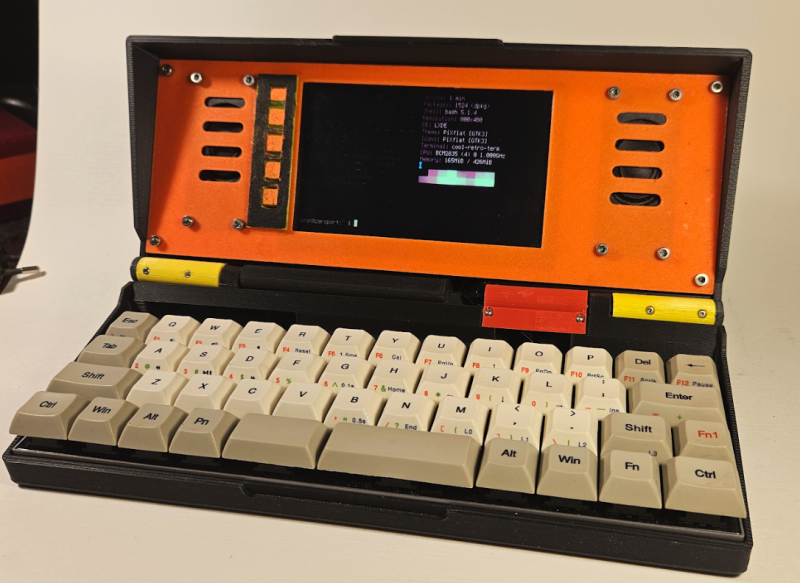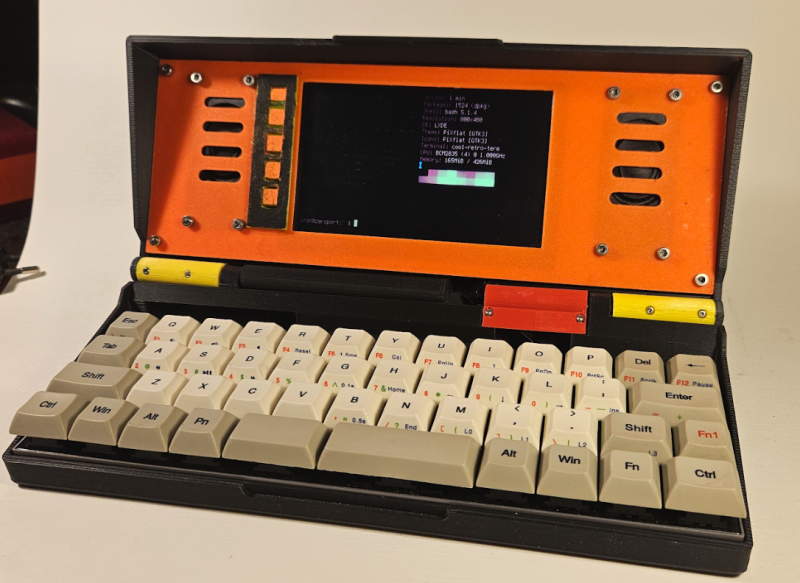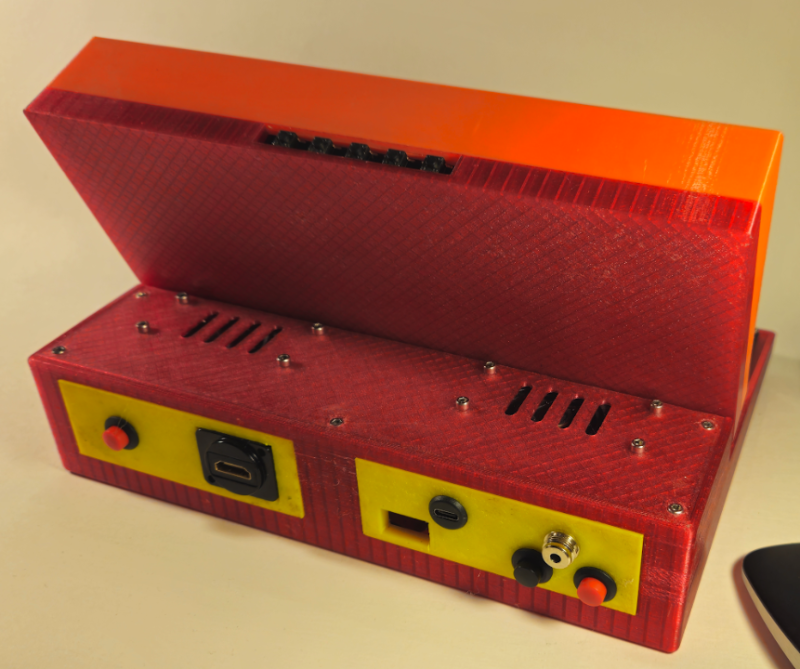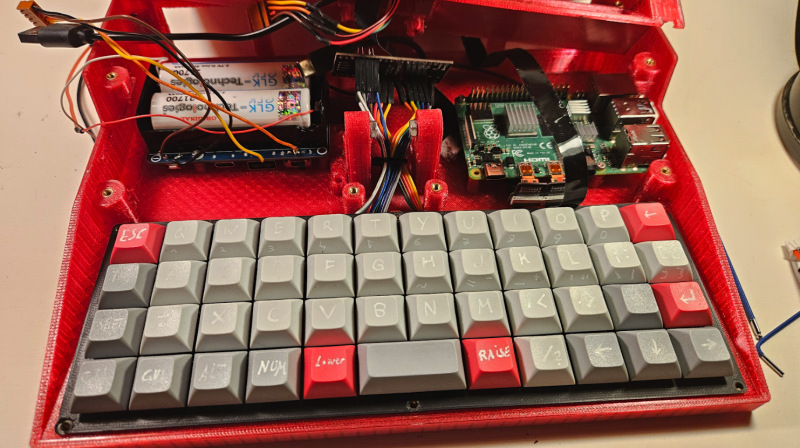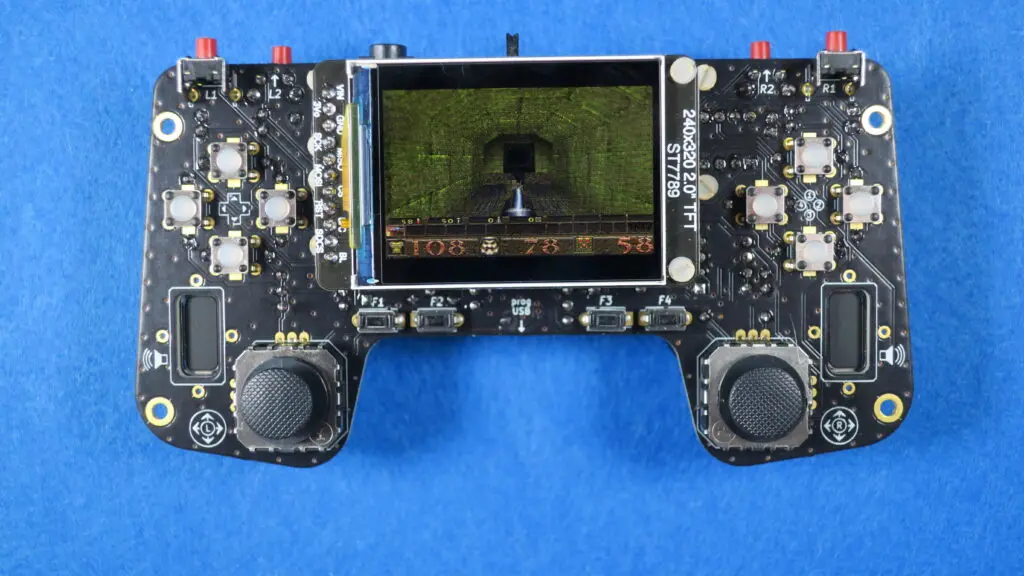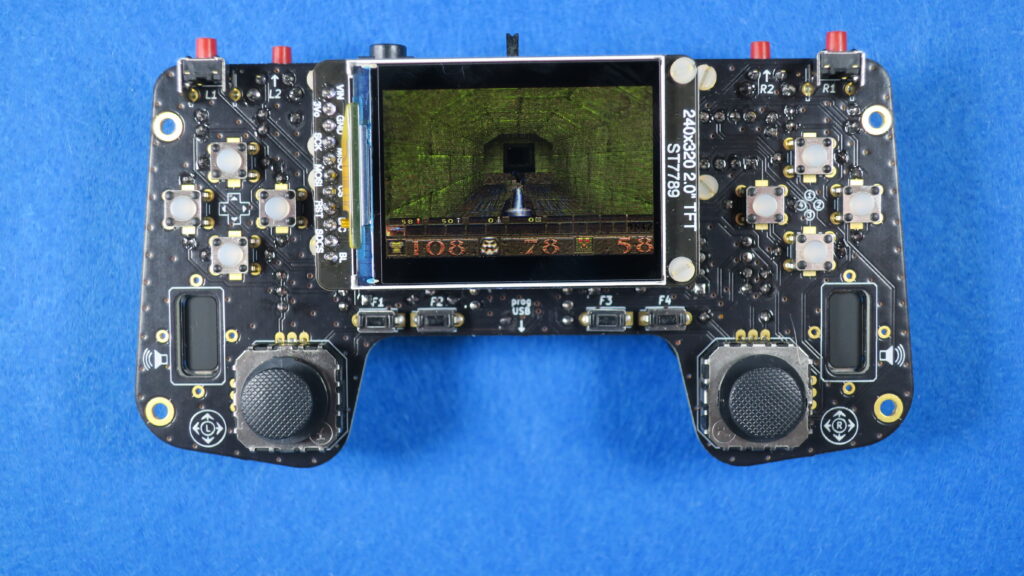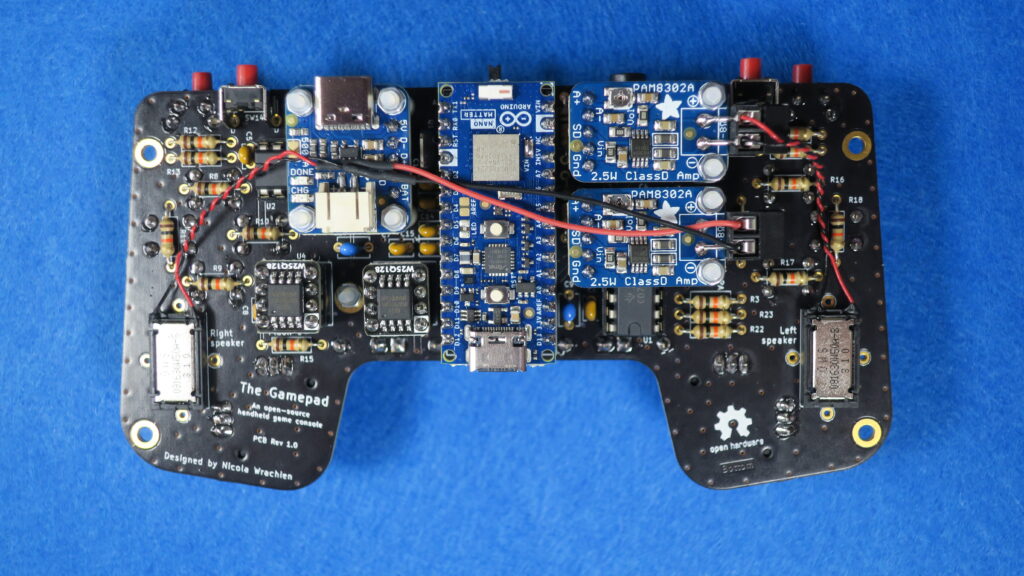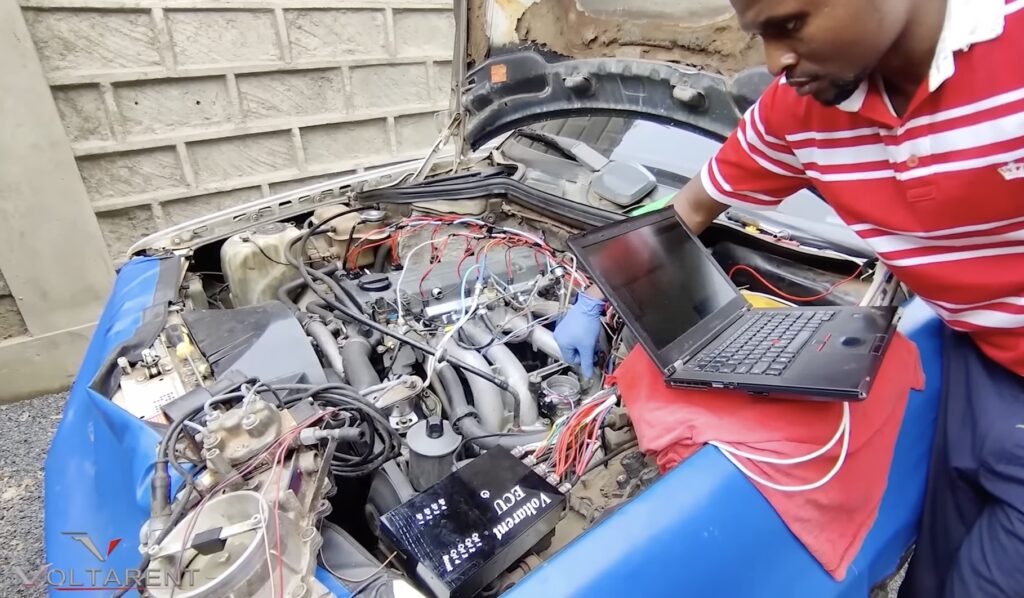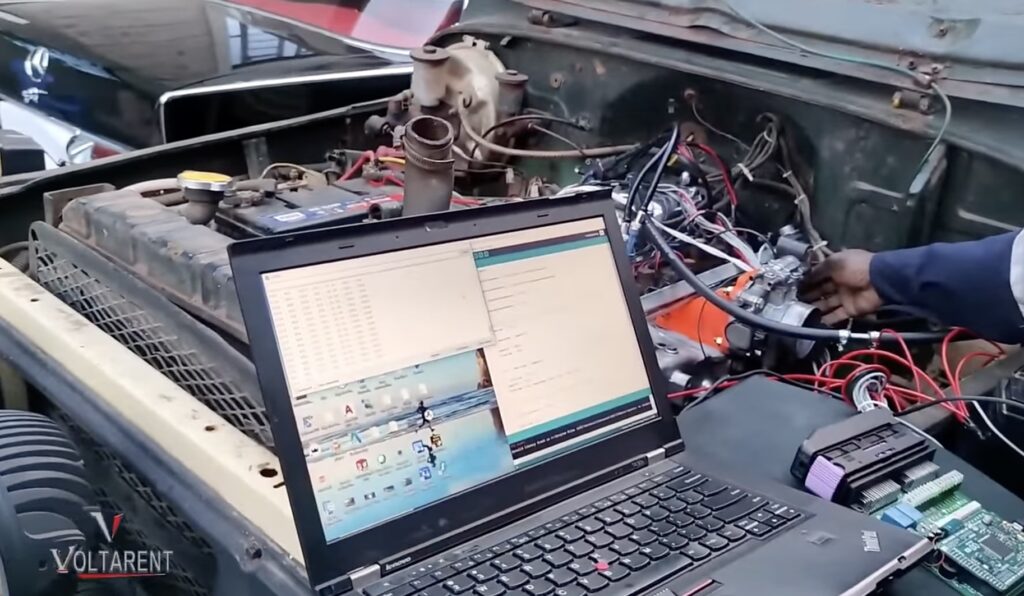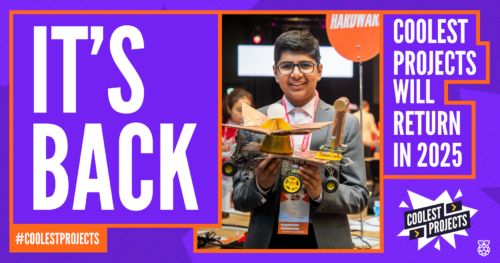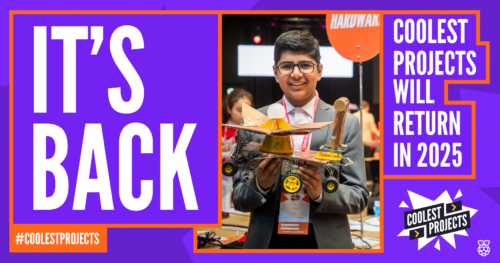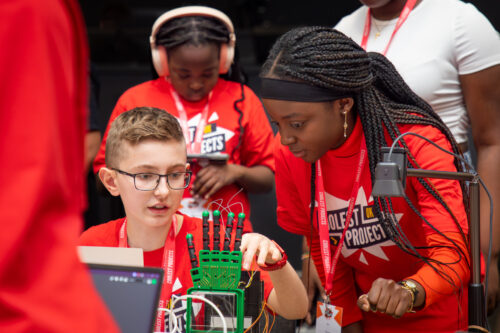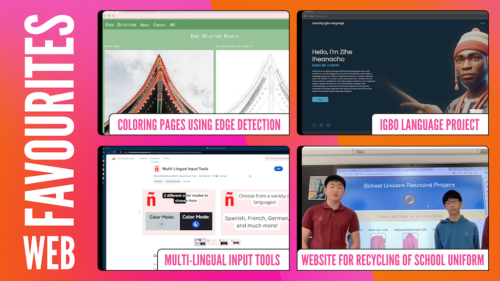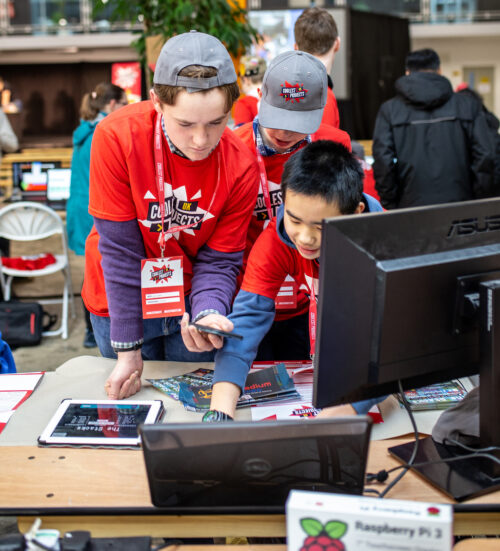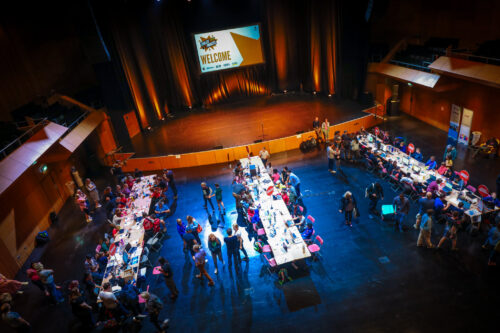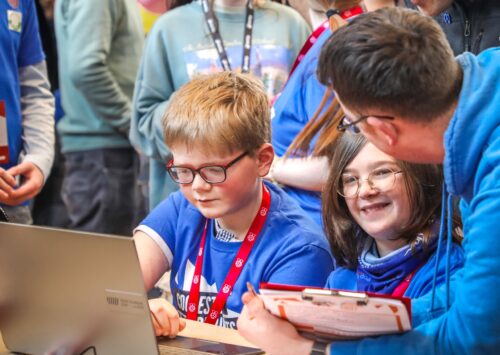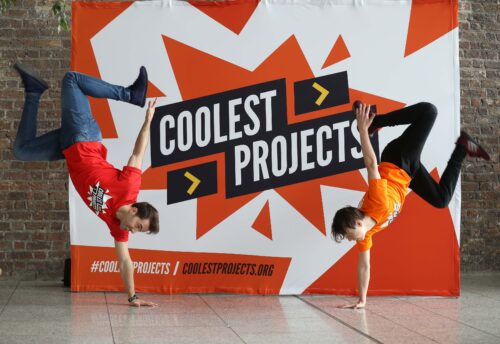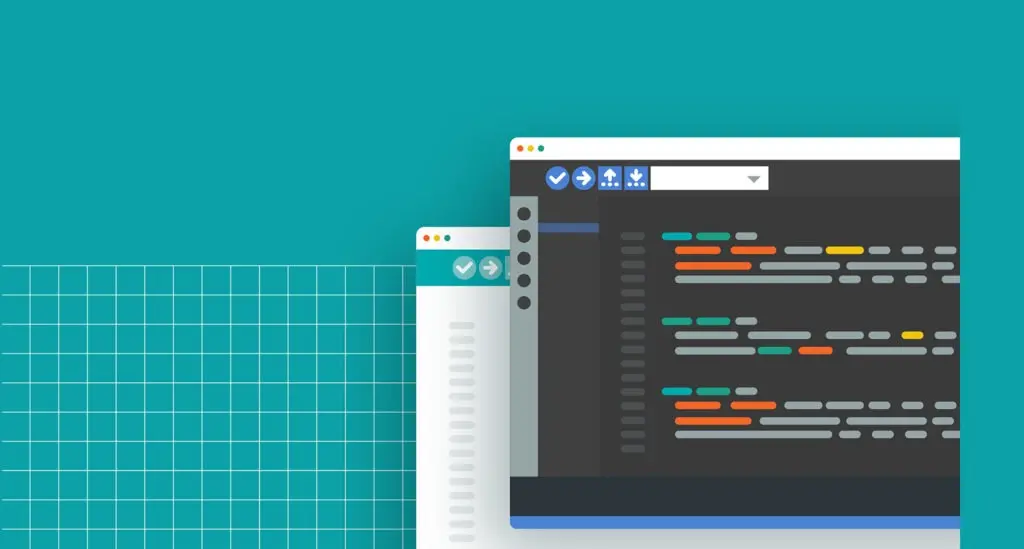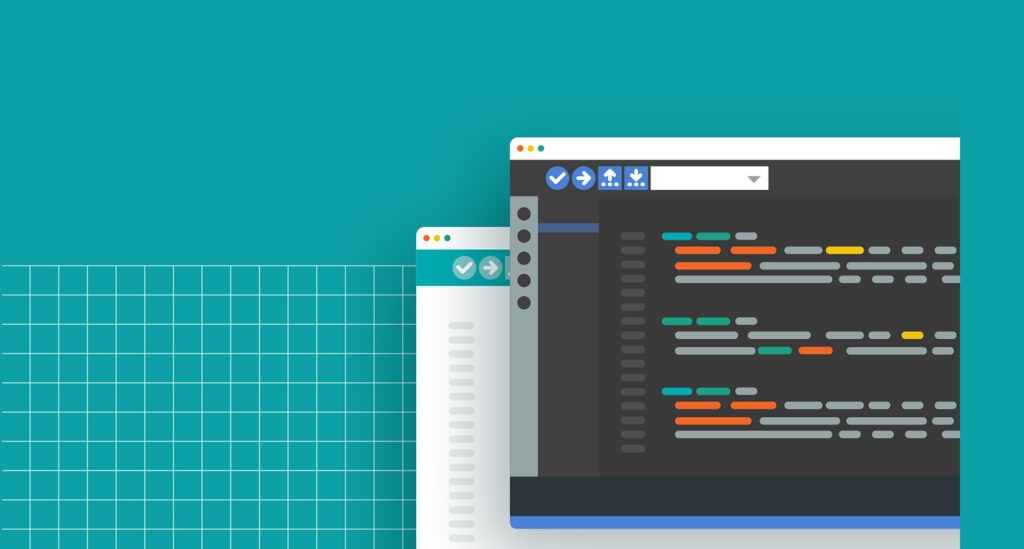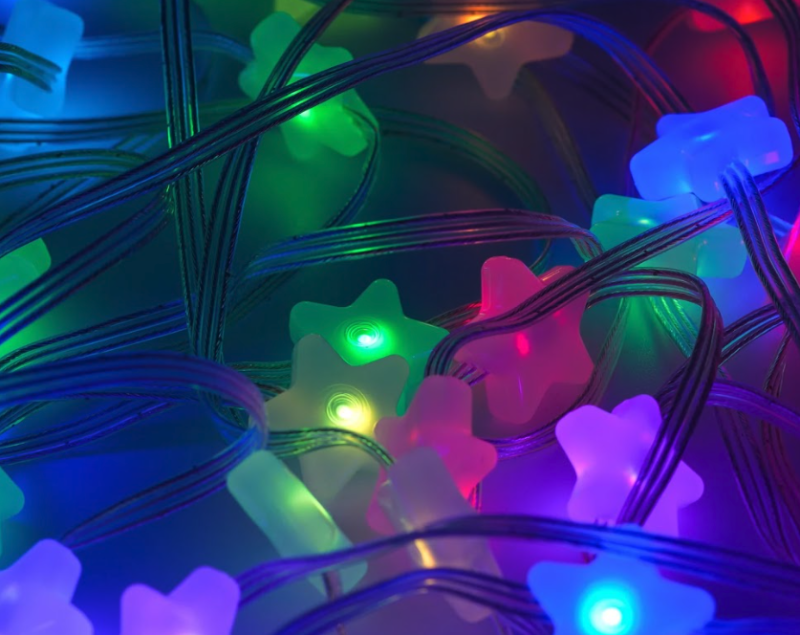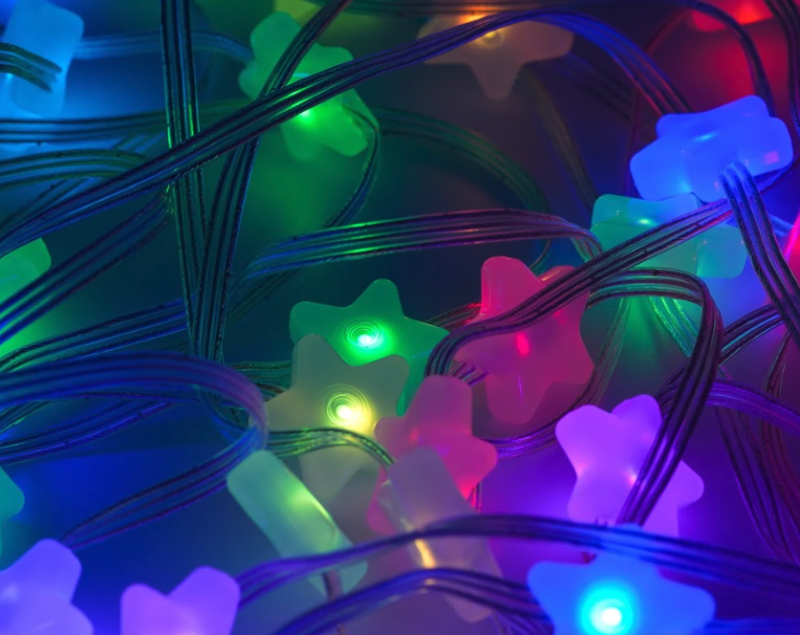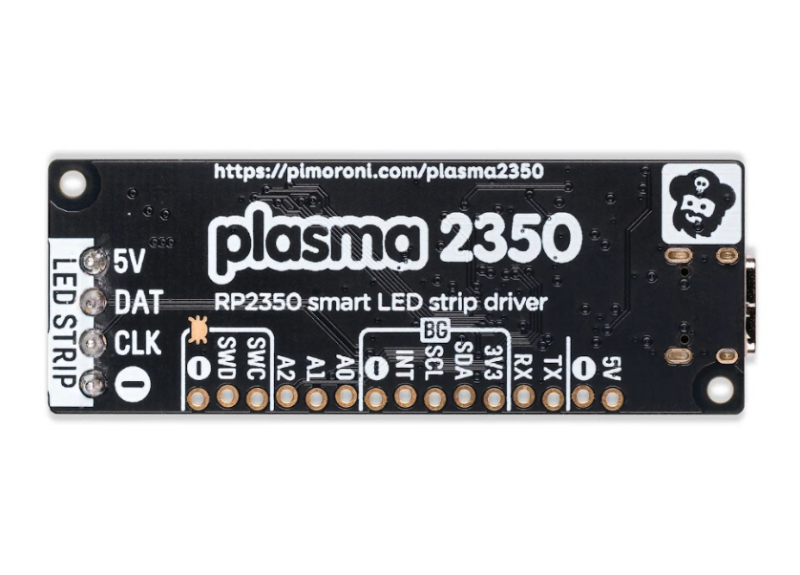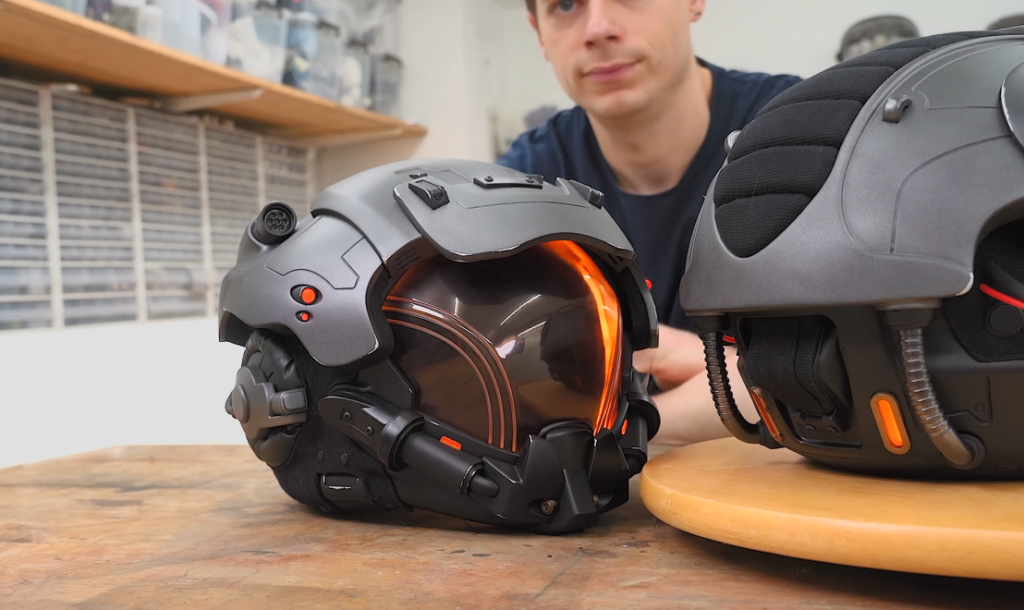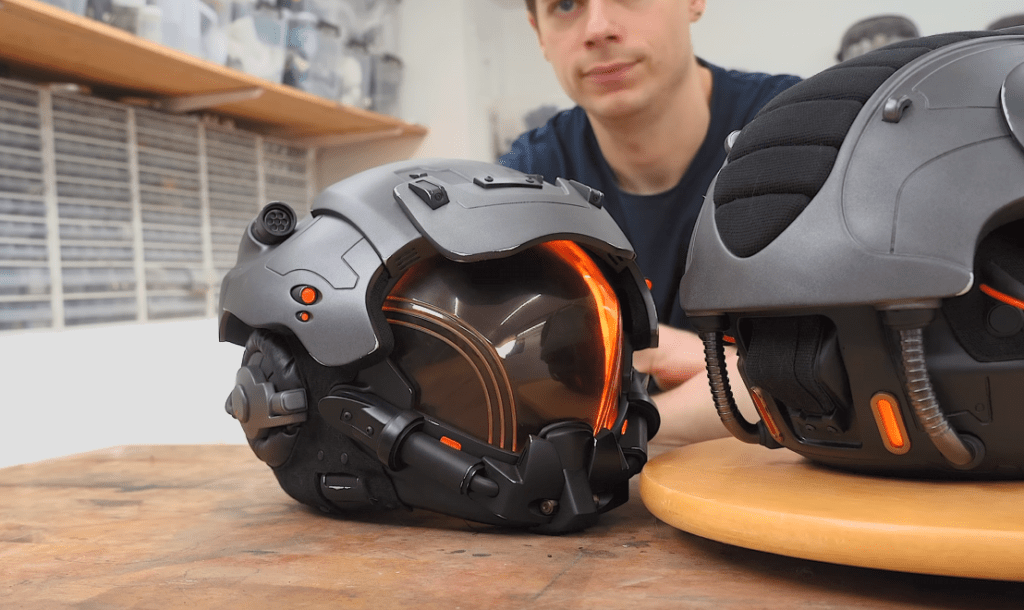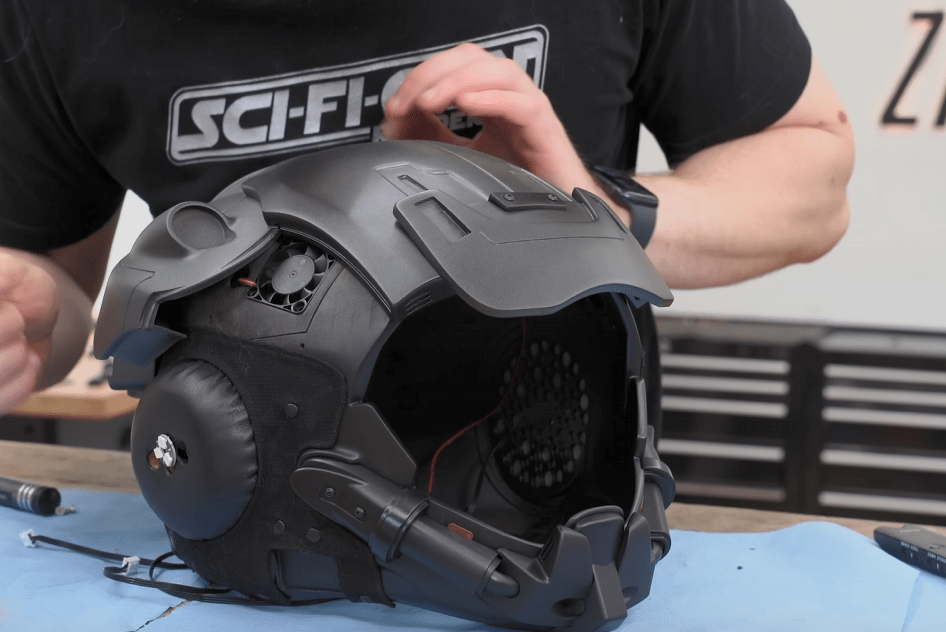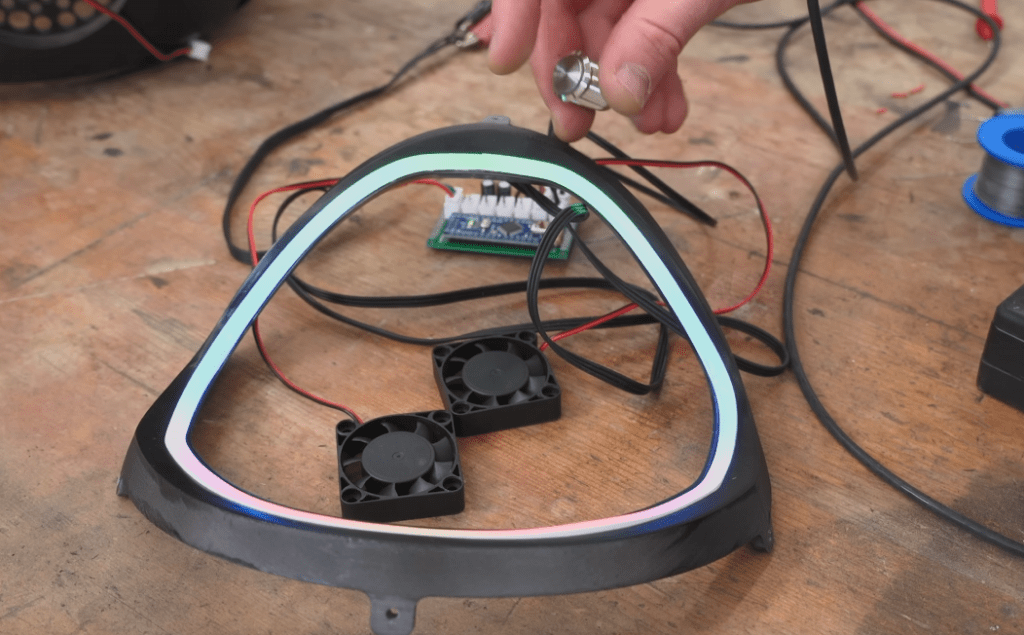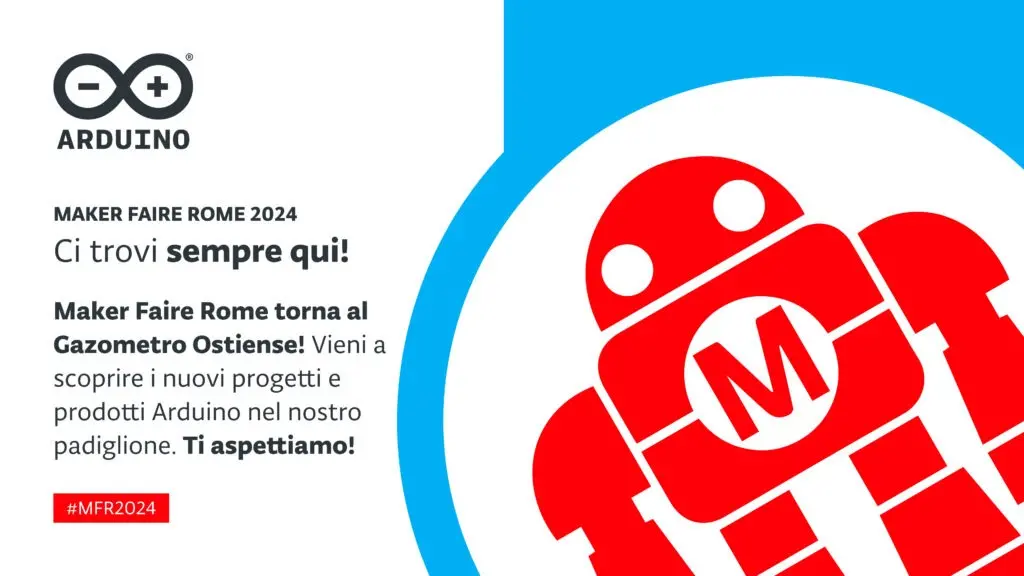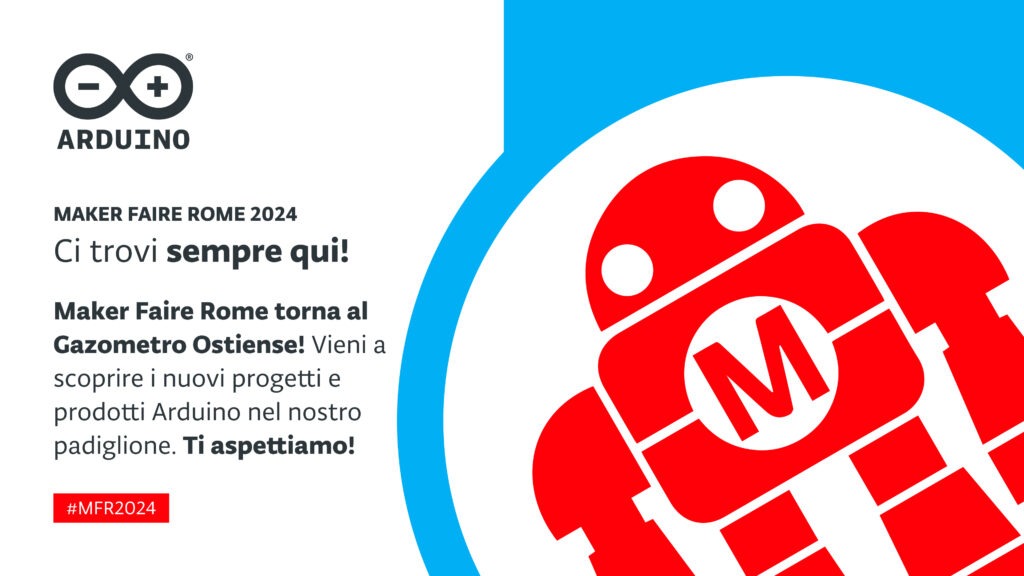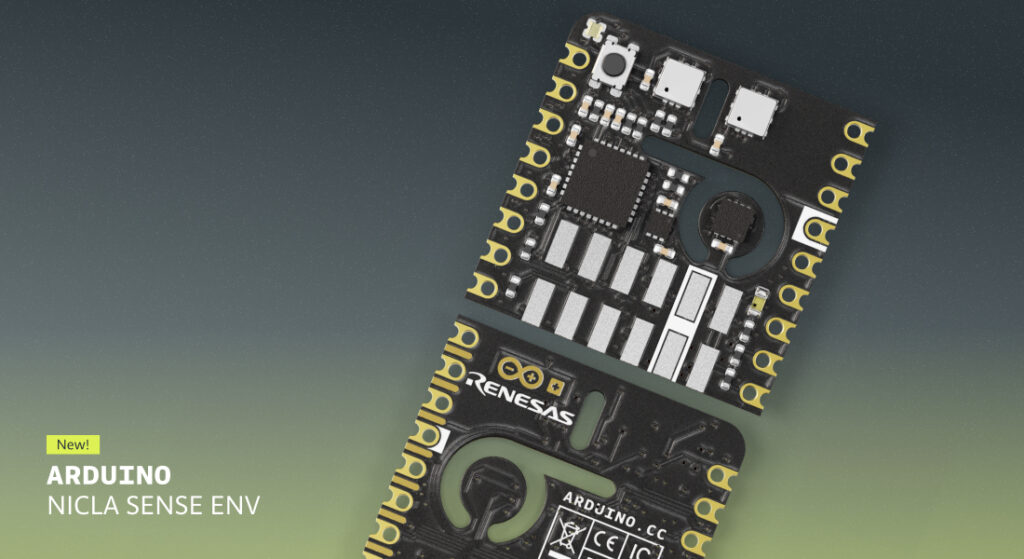
We’re thrilled to announce the launch of Nicla Sense Env: the latest addition to our portfolio of system-on-modules and sensor nodes, empowering innovators with the tools to unlock new possibilities. This tiny yet powerful sensor node is designed to elevate your environmental sensing projects to new heights. Whether you’re a seasoned professional or just starting your journey with Arduino, Nicla Sense Env is here to help sense the world around you with precision and ease.
“With Nicla Sense Env, we’re taking a critical step toward addressing one of the most pressing challenges of our time: protecting the environment. This powerful module allows developers to monitor air quality and environmental conditions with precision, paving the way for smarter, more sustainable solutions. By equipping professionals, educators, and makers with the right tools, we’re helping to build a future where technology and environmental stewardship go hand in hand. The compact nature of the Nicla form factor broadens the number of possible applications, spanning from prototyping to testing and volume production for OEMs.” – Fabio Violante, CEO of Arduino
“Renesas is proud to be the technology supplier of choice for the Arduino Nicla Sense Env, the new modular board to measure real-time indoor air quality, temperature, and humidity at the edge of the IoT network. Renesas’ system architecture, based on the RA2E1 microcontroller and environmental industrial-grade sensors with onboard AI including the ZMOD4410, ZMOD4510 and HS4001, enables Nicla Sense Env to be deployed in a variety of smart building applications, HVAC and air purifier systems, gas leak detection systems, fumes and fire detection systems, and smart city air quality management, with little integration effort.”
— Brad Rex, Senior Director of Global Systems and Solutions Team at Renesas
Compact yet capable: let’s unpack the features
Nicla Sense Env might be small in size, but it’s packed with advanced features that make it a powerhouse for environmental monitoring.
- Monitor indoor and outdoor environments with AI-ready Renesas sensors. Nicla Sense Env offers temperature and humidity monitoring through the HS4001 sensor and AI-enabled gas detection with the ZMOD4410AI1V and ZMOD4510AI1V sensors. These provide real-time data on air quality, including the detection of TVOCs, NO2, O3, and other gasses, both indoors and outdoors.
- 22.86 x 22.86 mm = huge potential. With the tiny form factor the Nicla family is known for, Nicla Sense Env can easily fit into any project, allowing you to integrate environmental sensing without compromising on space or design.
- Robust, reliable, and ready to stand the test of time. Built with industrial-grade sensors, Nicla Sense Env is engineered for durability and accuracy, ensuring reliable performance even in challenging conditions. What’s more, it was designed for 24/7 operation: ultra-low power consumption makes it ideal for long-term deployments in any situation.
- Fits right in, with seamless integration and wide compatibility. Whether you’re working with Portenta SOMs or MKR products, Nicla Sense Env connects effortlessly via ESLOV (I2C) or header pins. It’s also compatible with Arduino IDE and MicroPython, so you can start programming right out of the box. And of course, it works great with a variety of libraries and tutorials available through the Arduino ecosystem.
Real-world applications? We sense endless possibilities!
Nicla Sense Env is a versatile and accessible tool for environmental monitoring: it’s your new ally whether you’re developing something new or enhancing an existing project, working on a prototype or full-fledged industrial-scale solution.
Nicla Sense Env fits perfectly into HVAC systems, helping you monitor air quality, humidity, and temperature to keep smart buildings comfortable and compliant with environmental regulations. In air purifiers, it provides real-time data that allow for energy-efficient operation and better air quality by detecting harmful gasses and adjusting the system as needed. When it comes to safety, it can play a critical role in detecting fumes and smoke, triggering early warnings to prevent potential hazards both indoors and outdoors. In industrial settings, it can monitor air quality and detect toxic substances, ensuring that machinery runs safely and efficiently. And these are only the first examples of applications that come to mind!
Add a breath of fresh air to your projects
We look forward to seeing how you will leverage the capabilities of the Arduino Nicla Sense Env to create innovative solutions – whether you’re developing climate control systems, enhancing air quality monitoring, or ensuring safety in industrial environments.
So, head to the Arduino Store to check out full product details and specifications, and let’s continue to push the boundaries of innovation together – one “tiny” step at a time!
The post Arduino Nicla Sense Env: adding advanced environmental sensing to a broad range of applications appeared first on Arduino Blog.
Website: LINK
